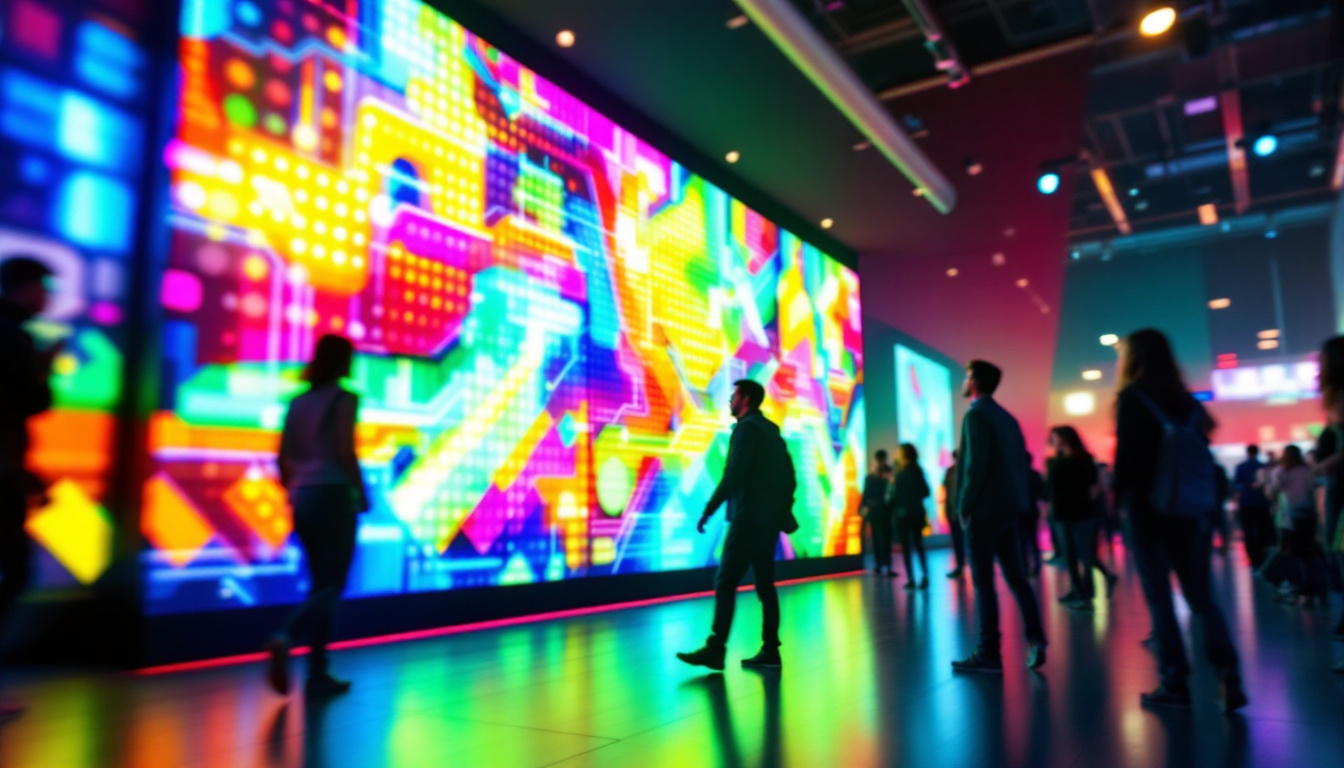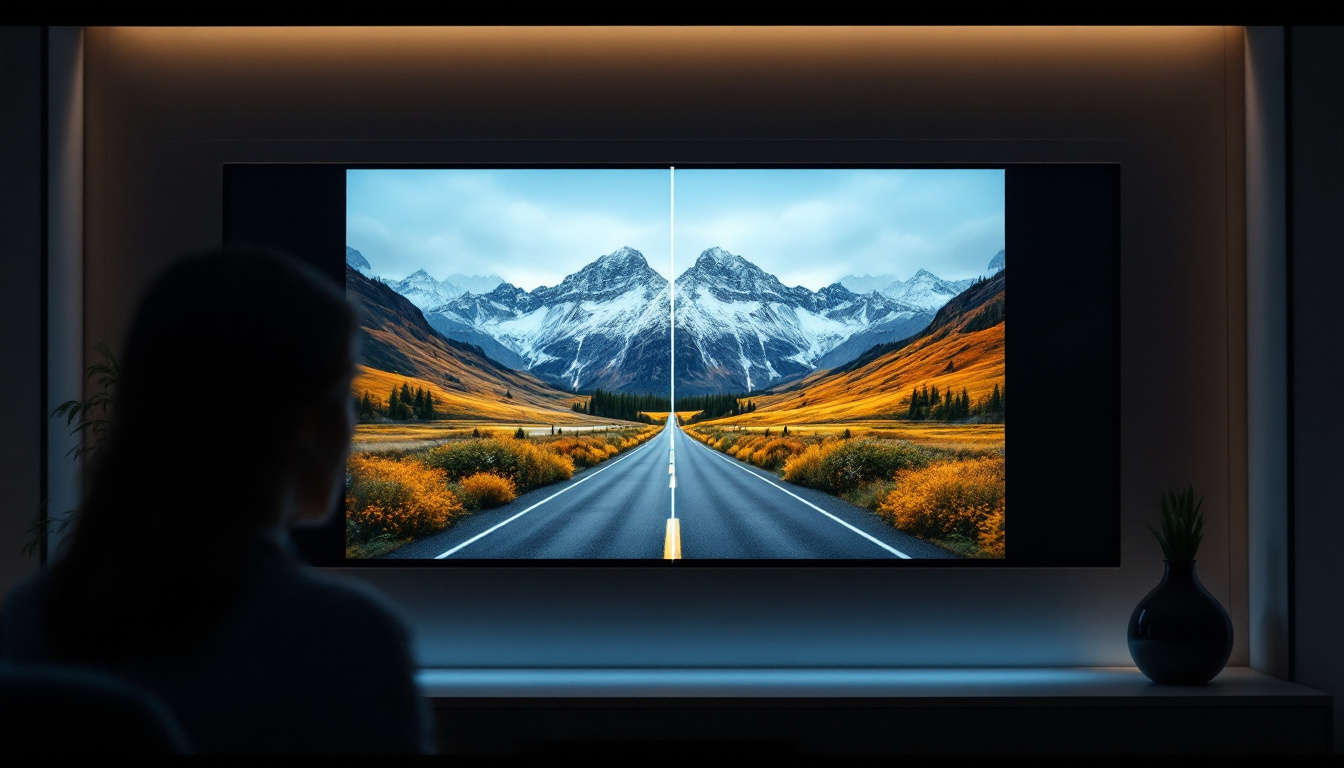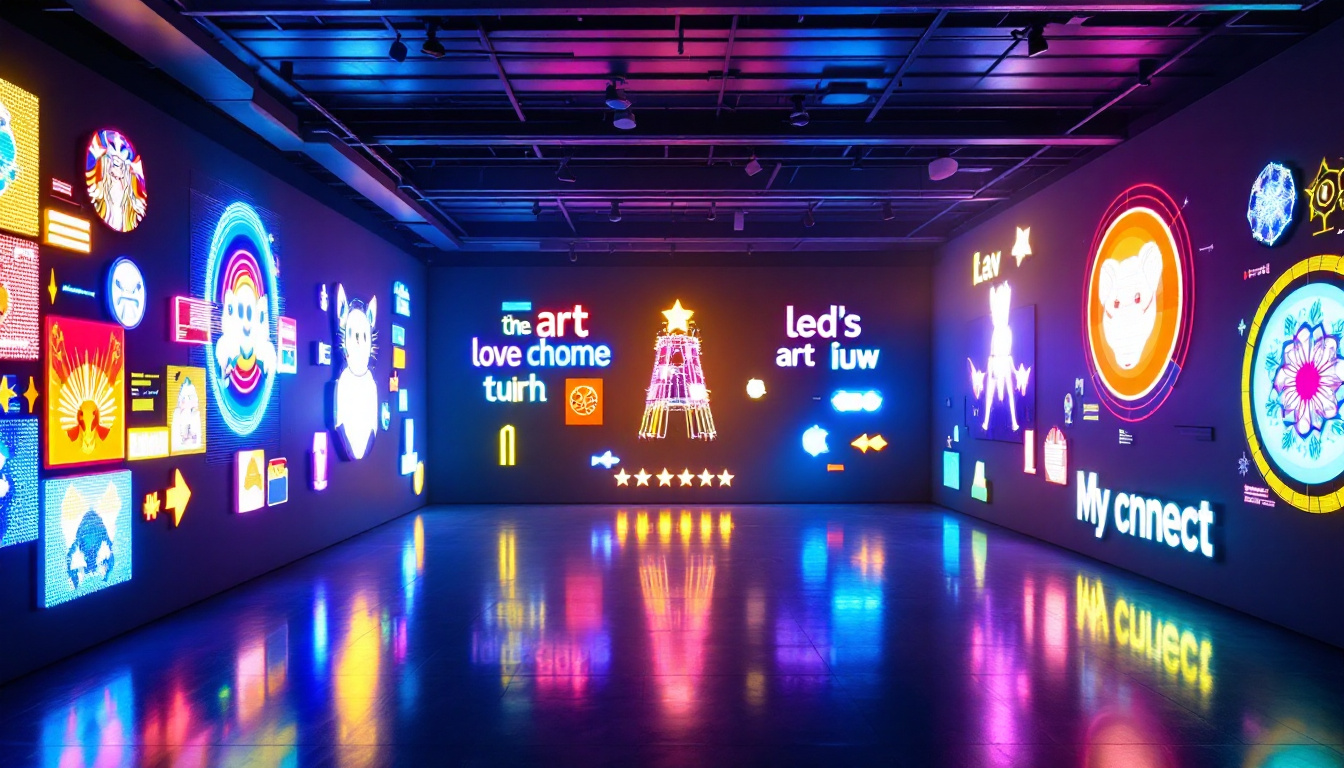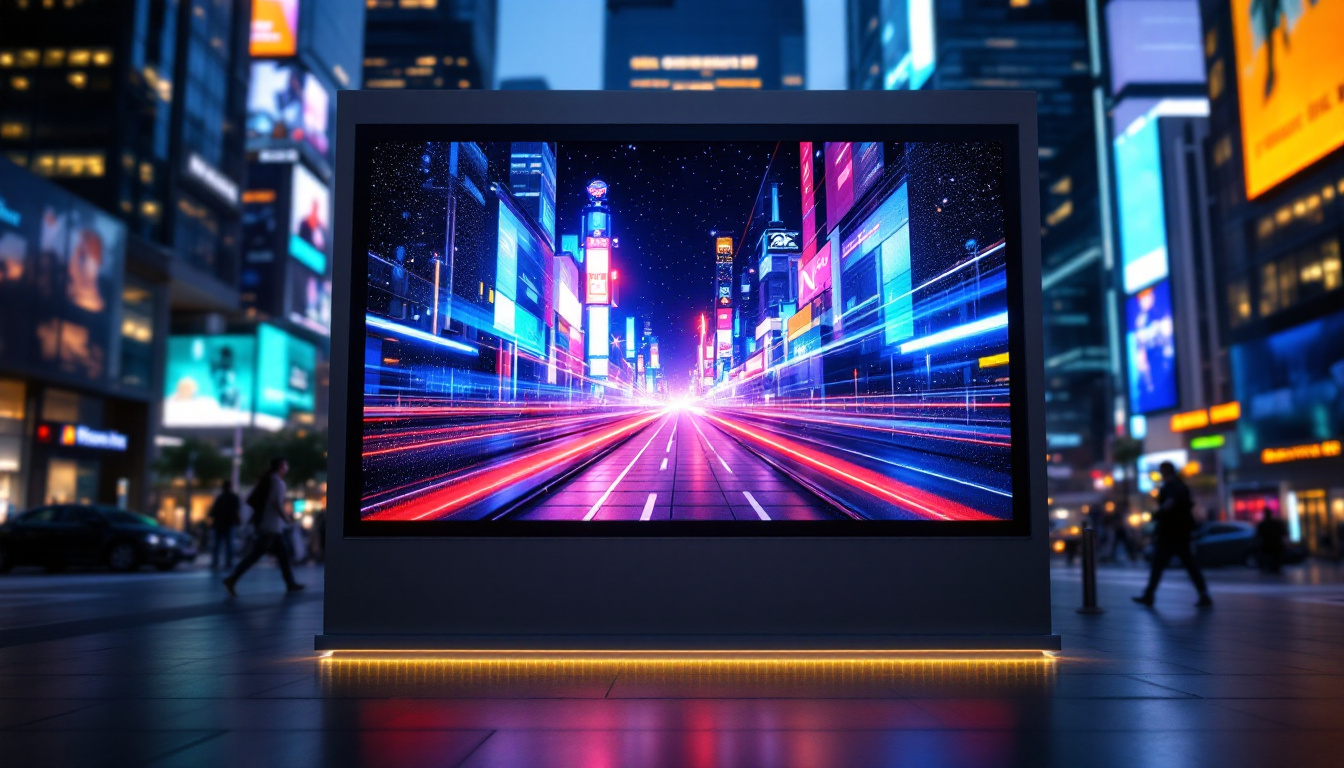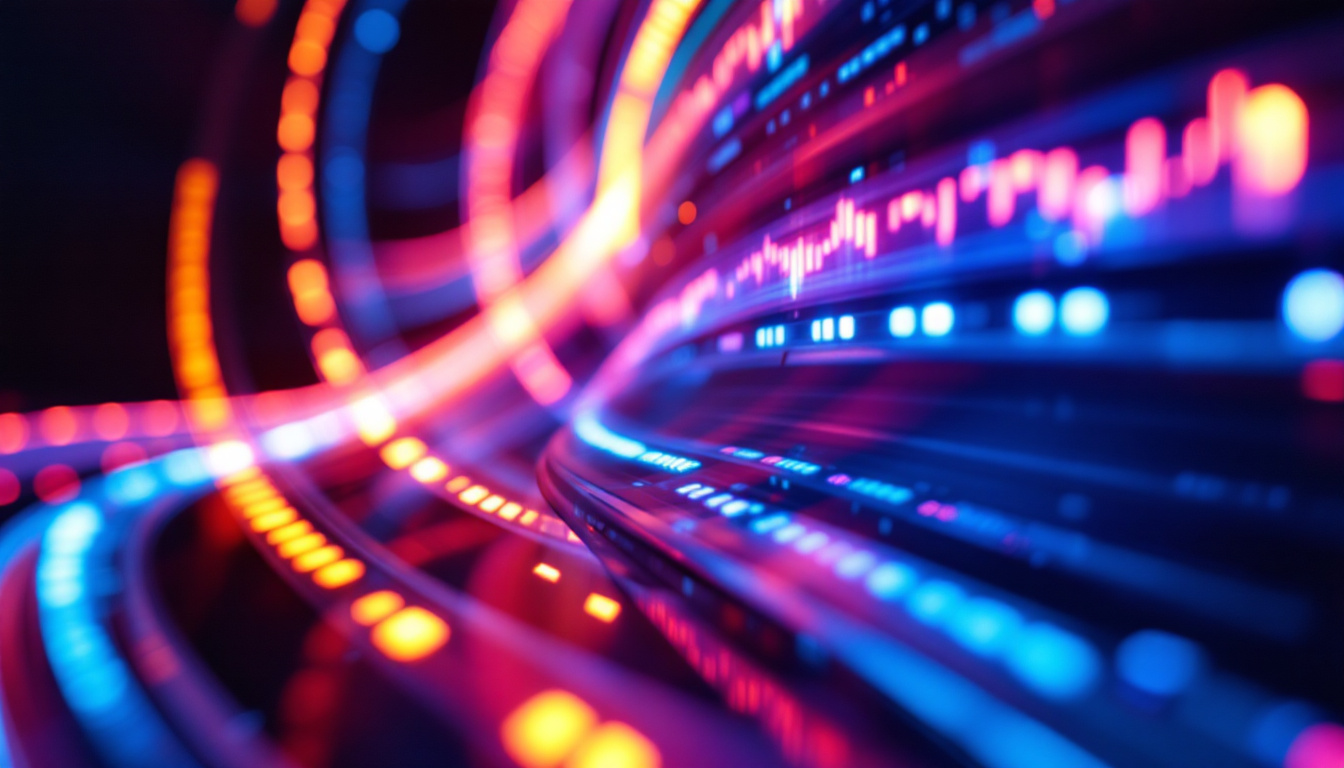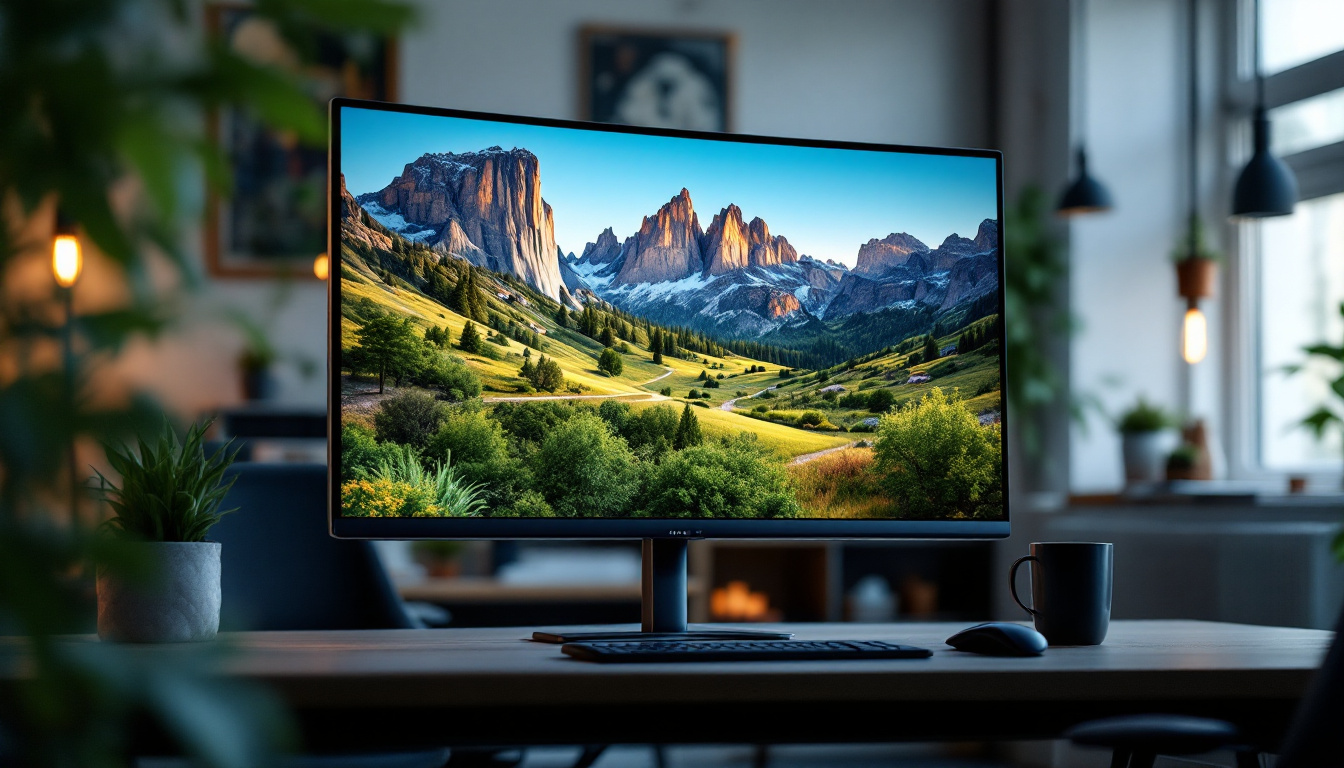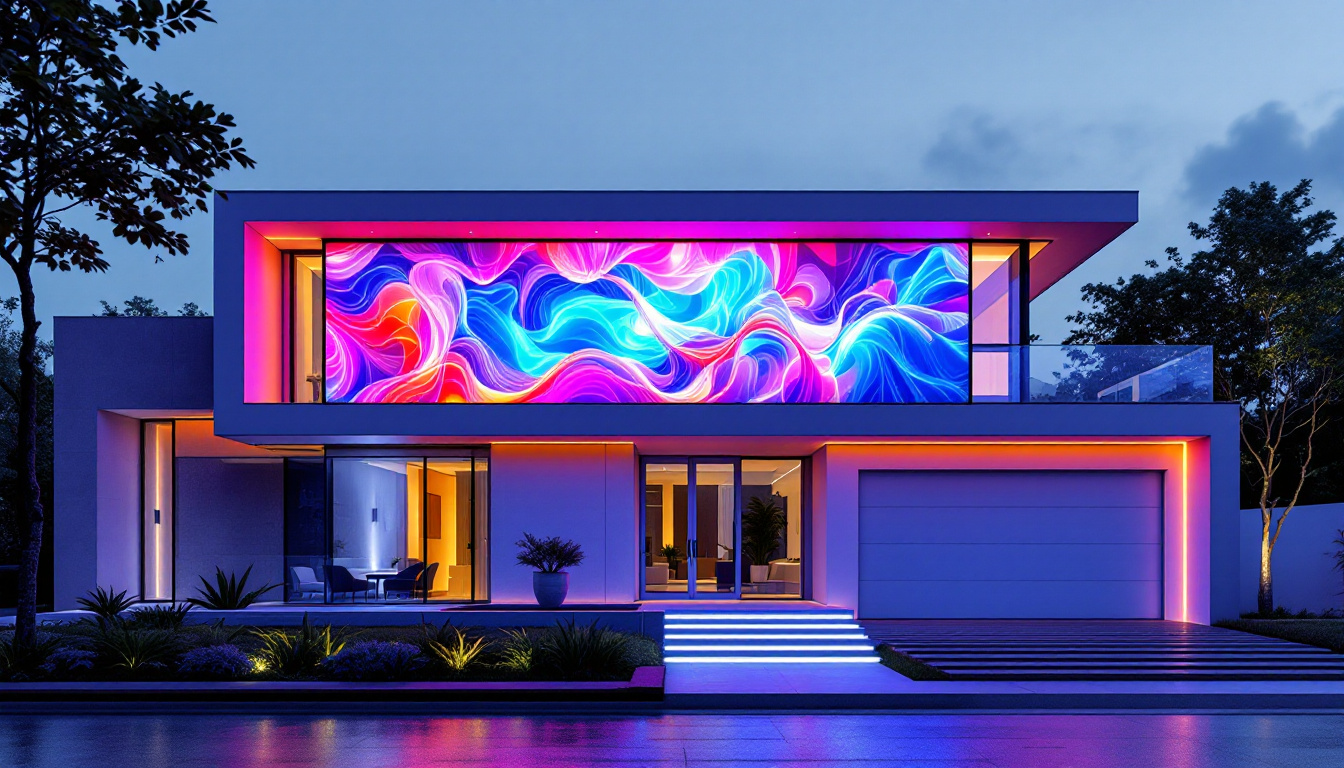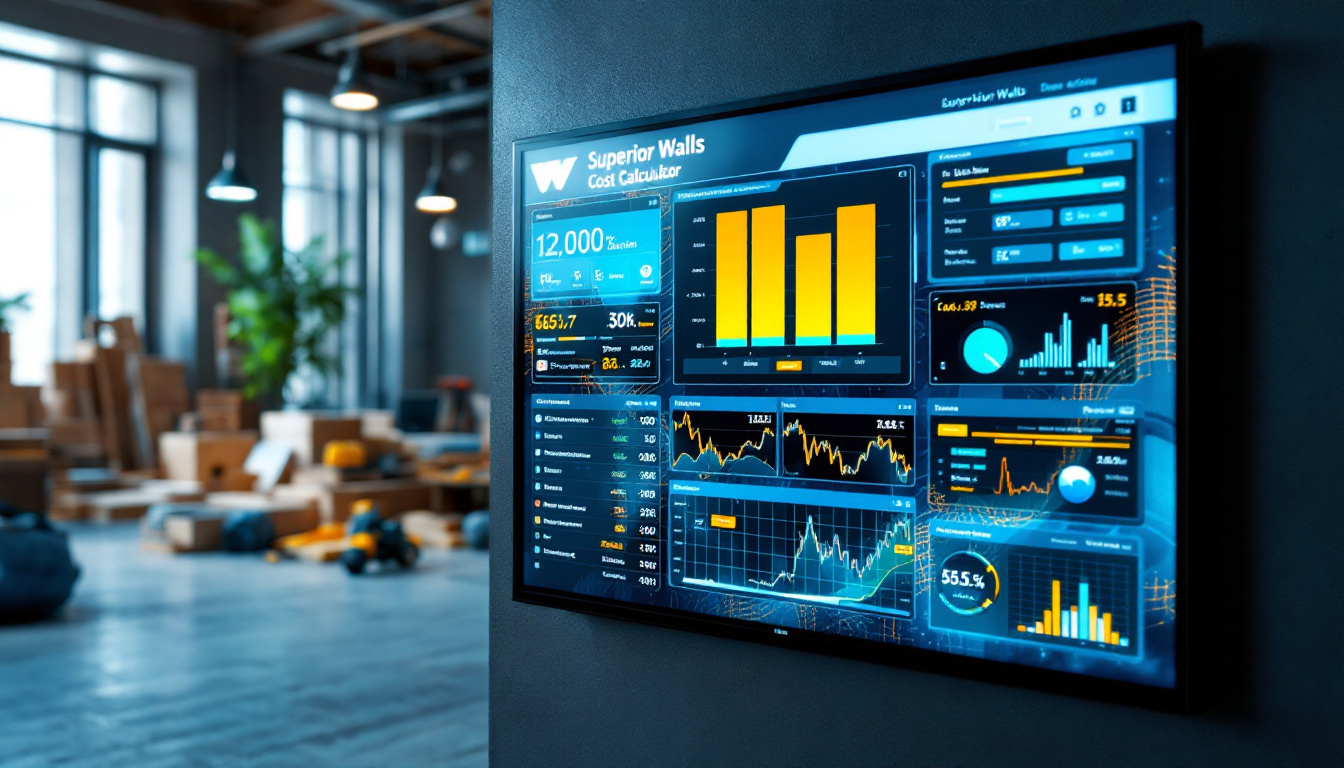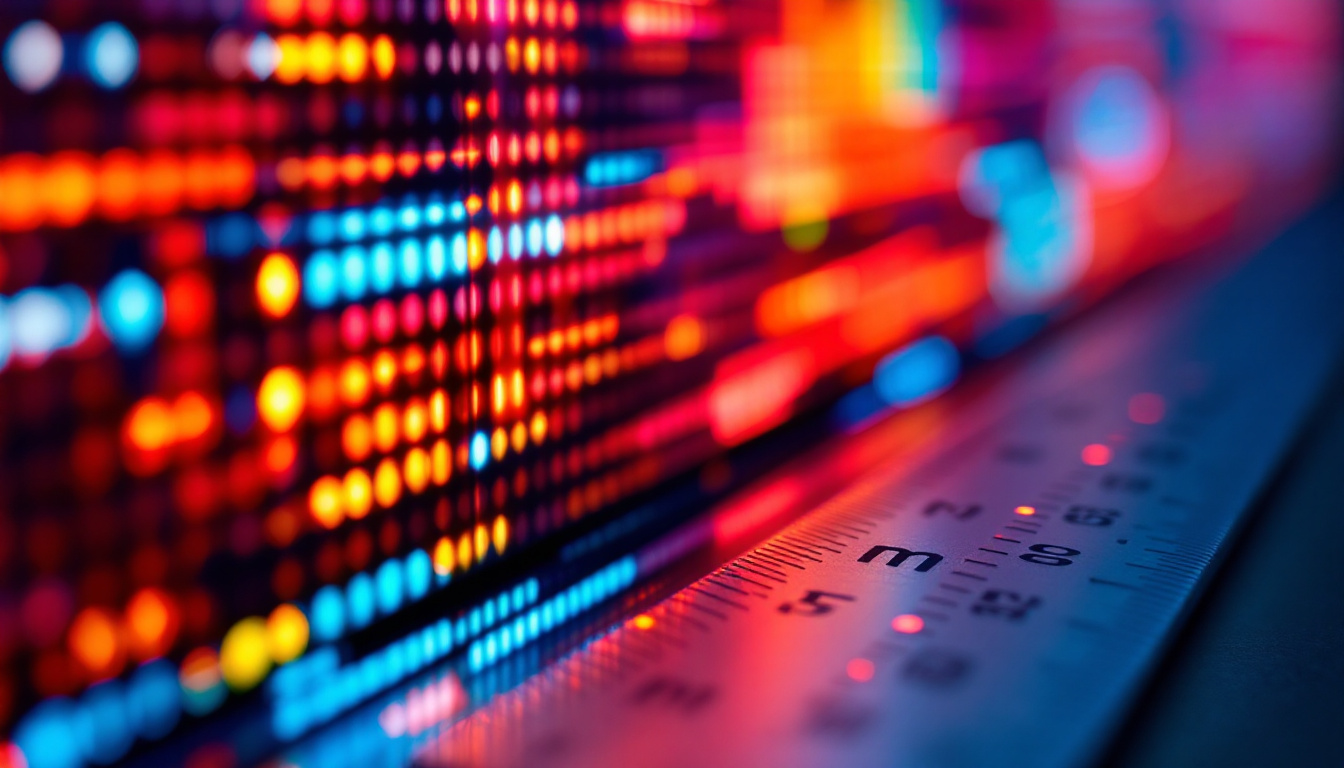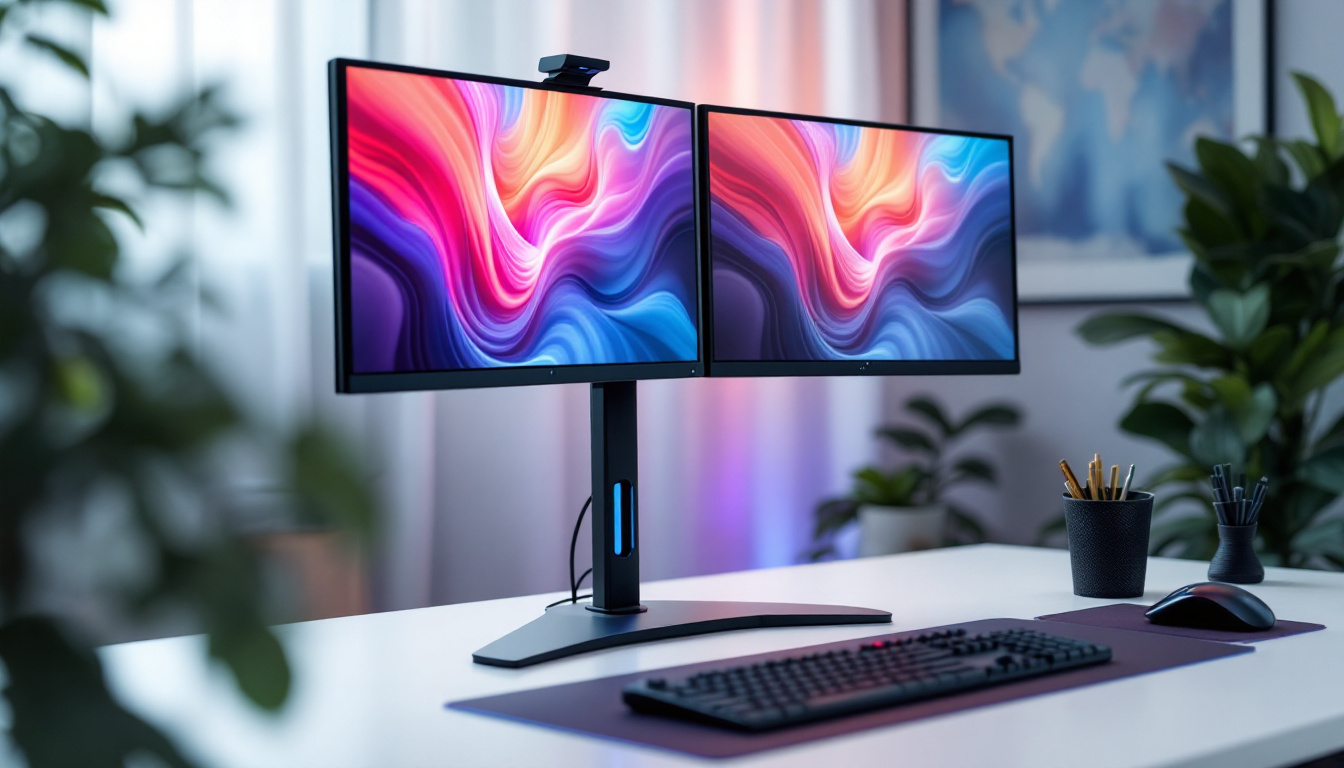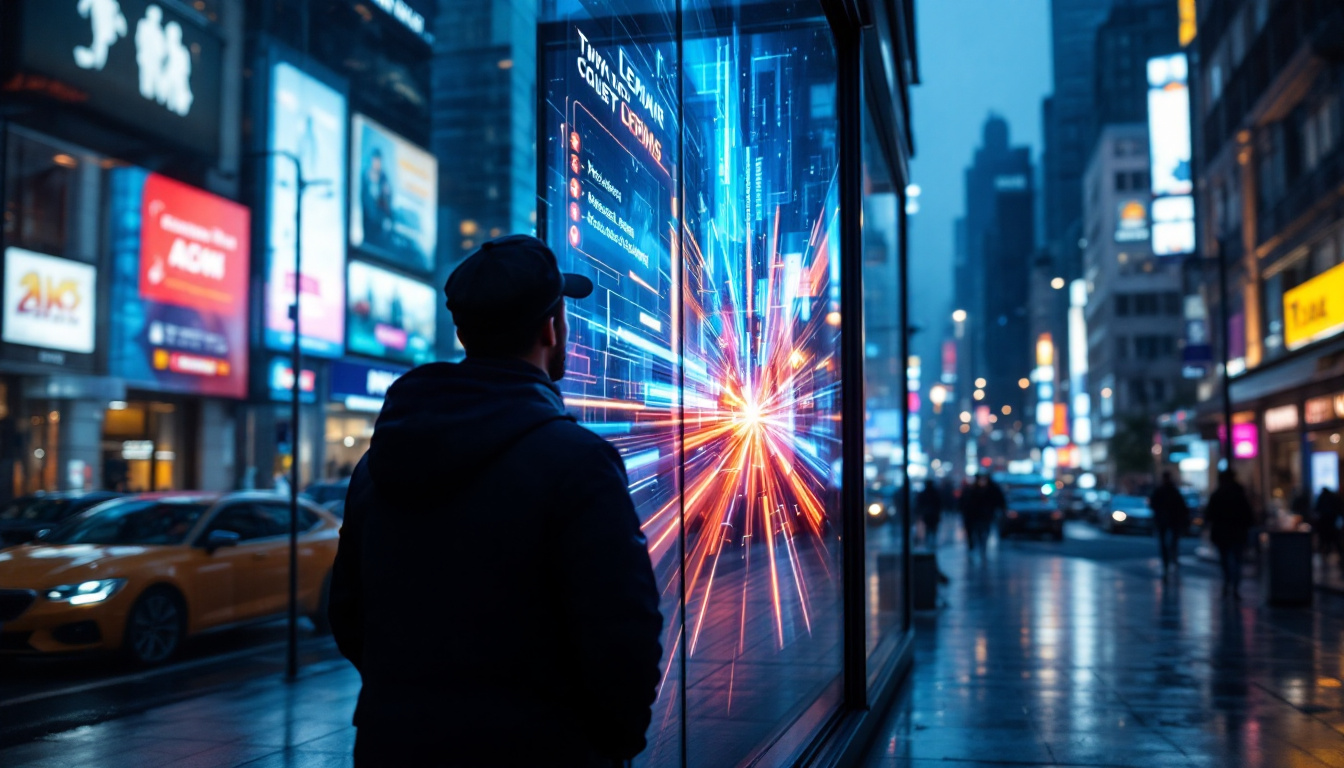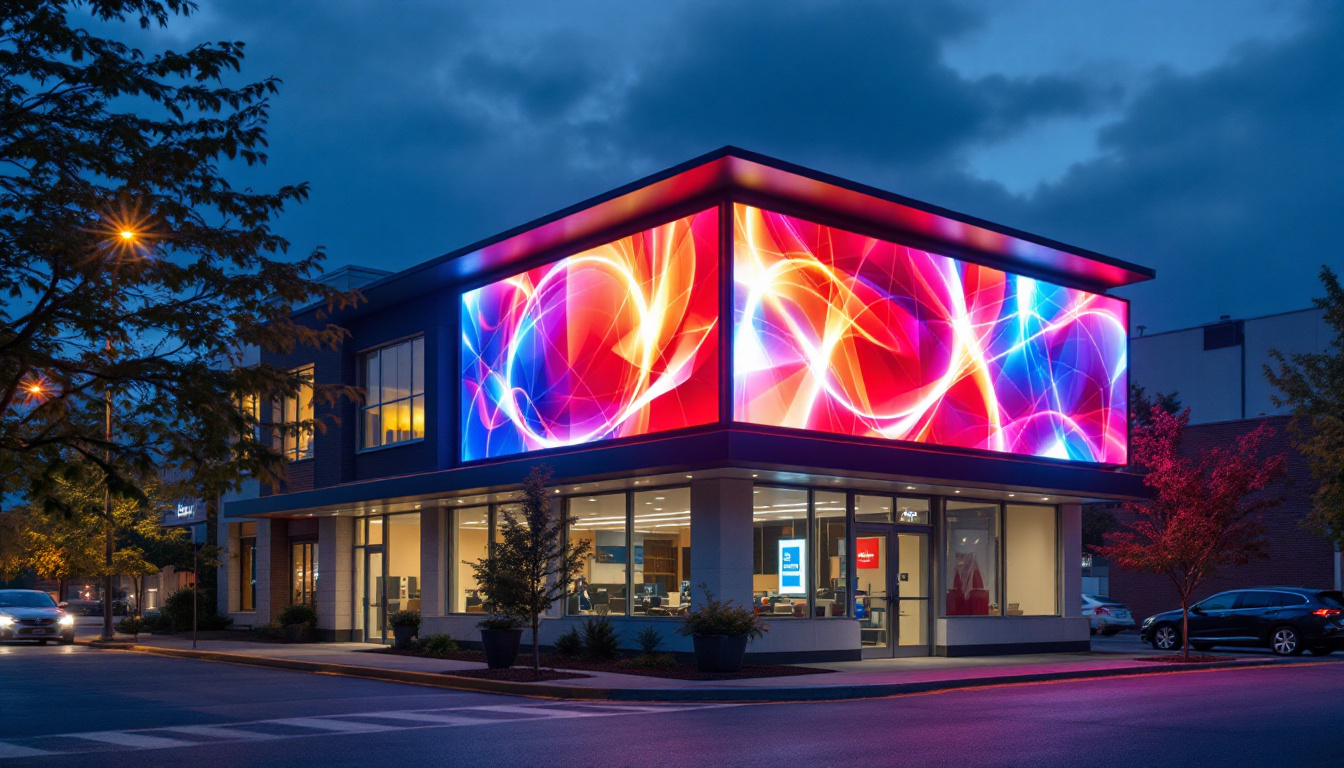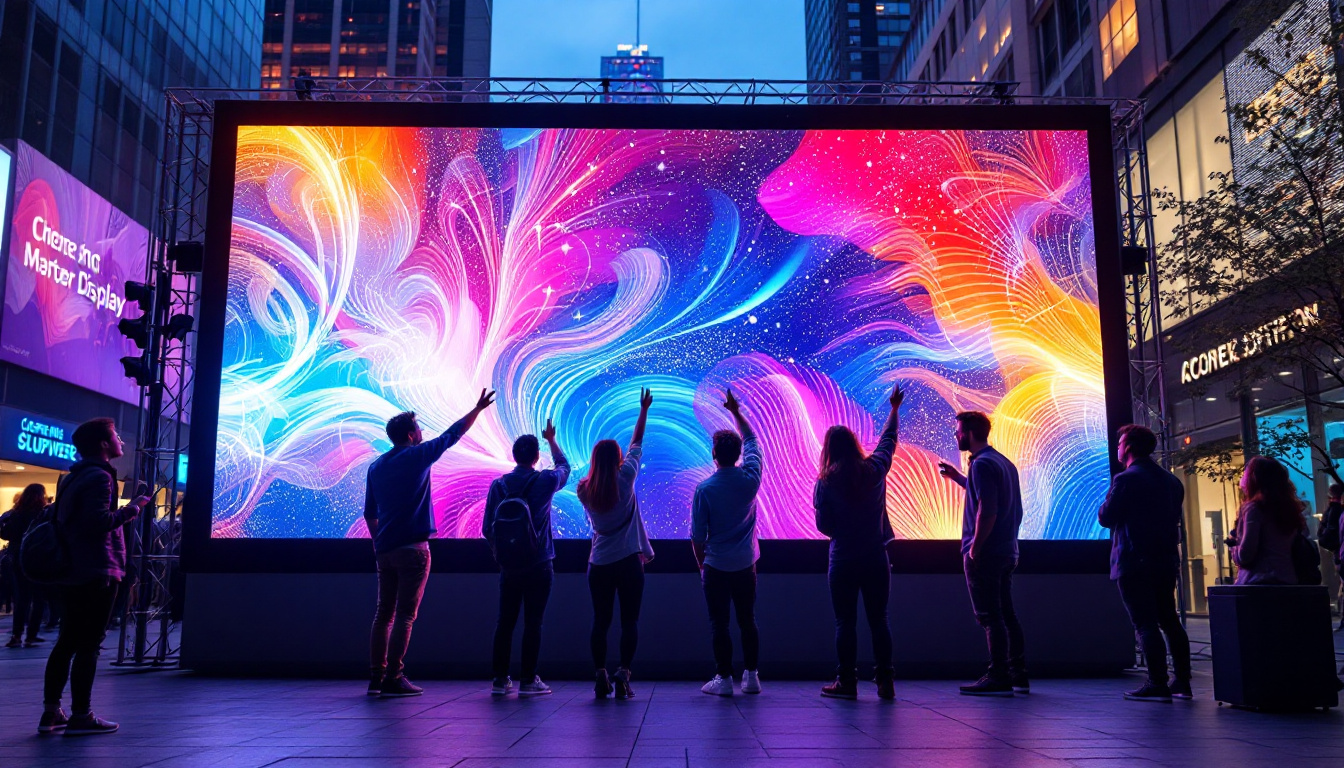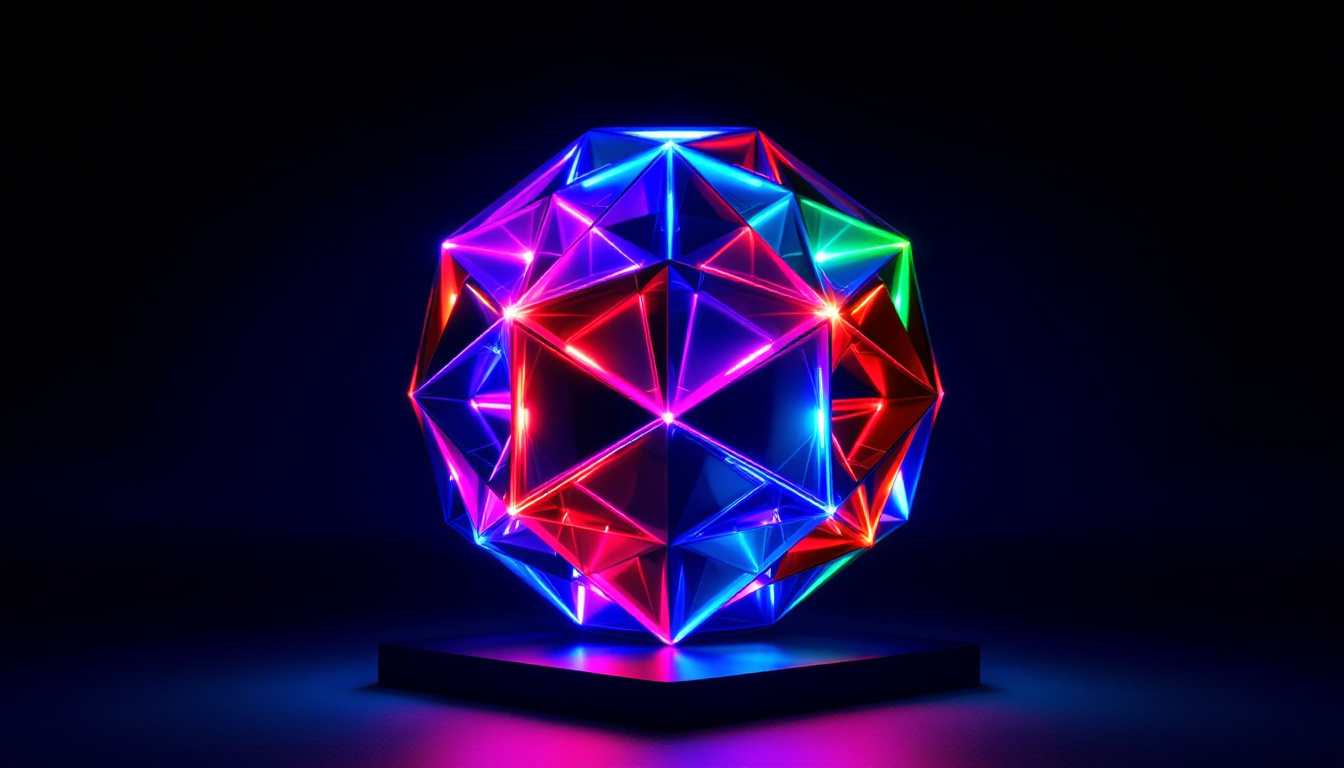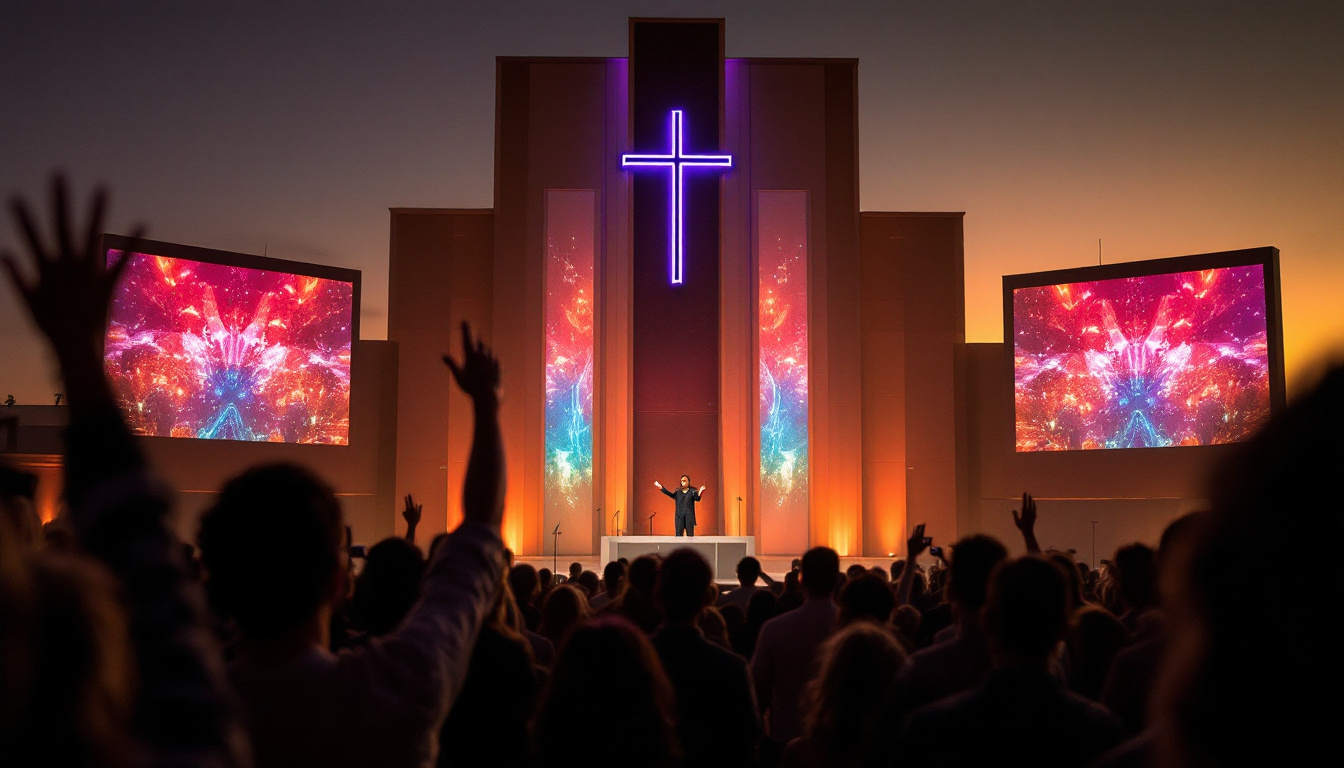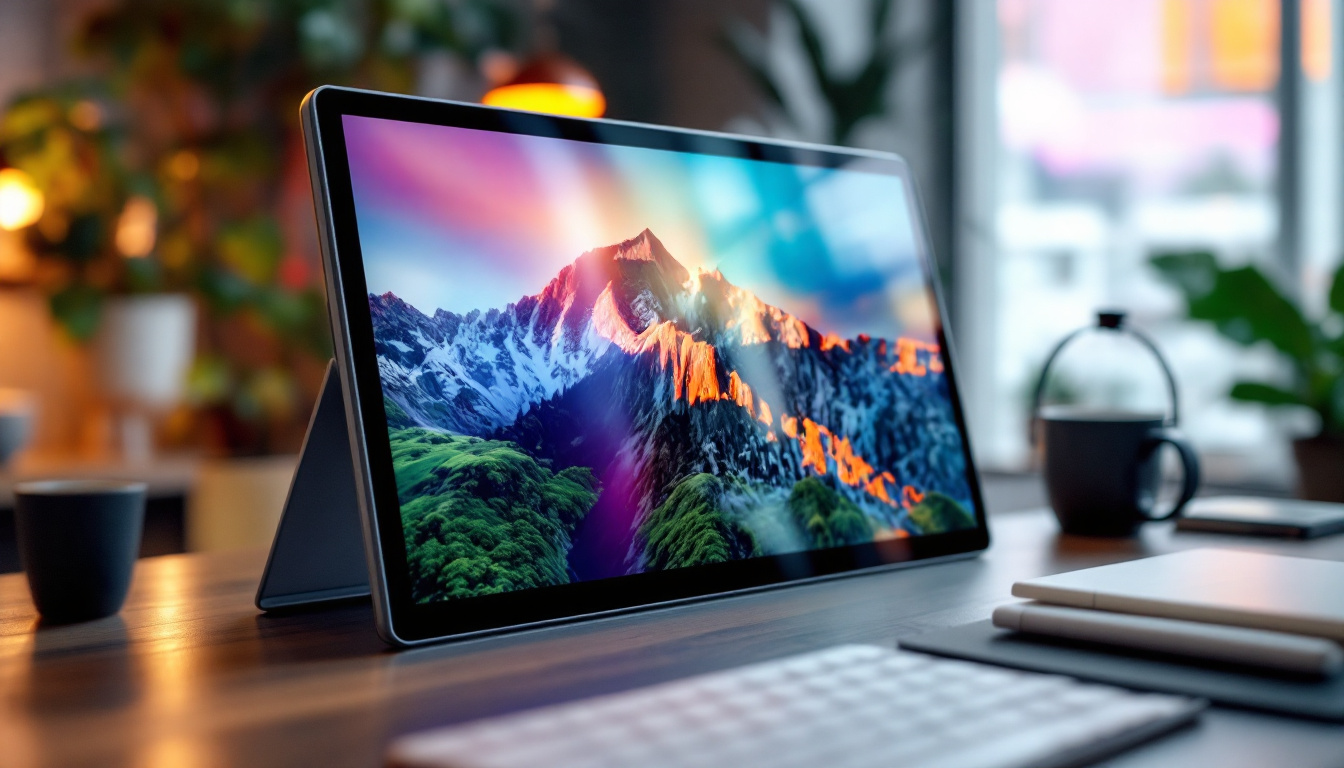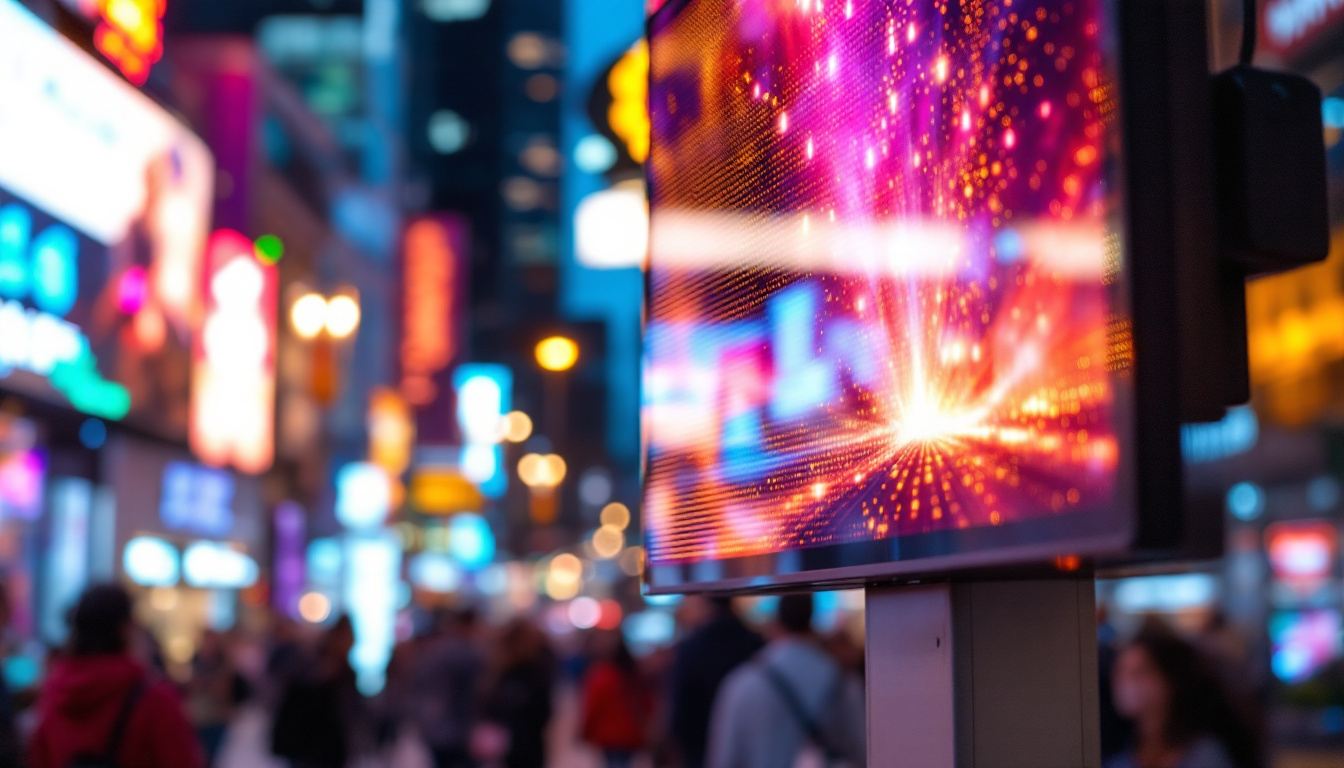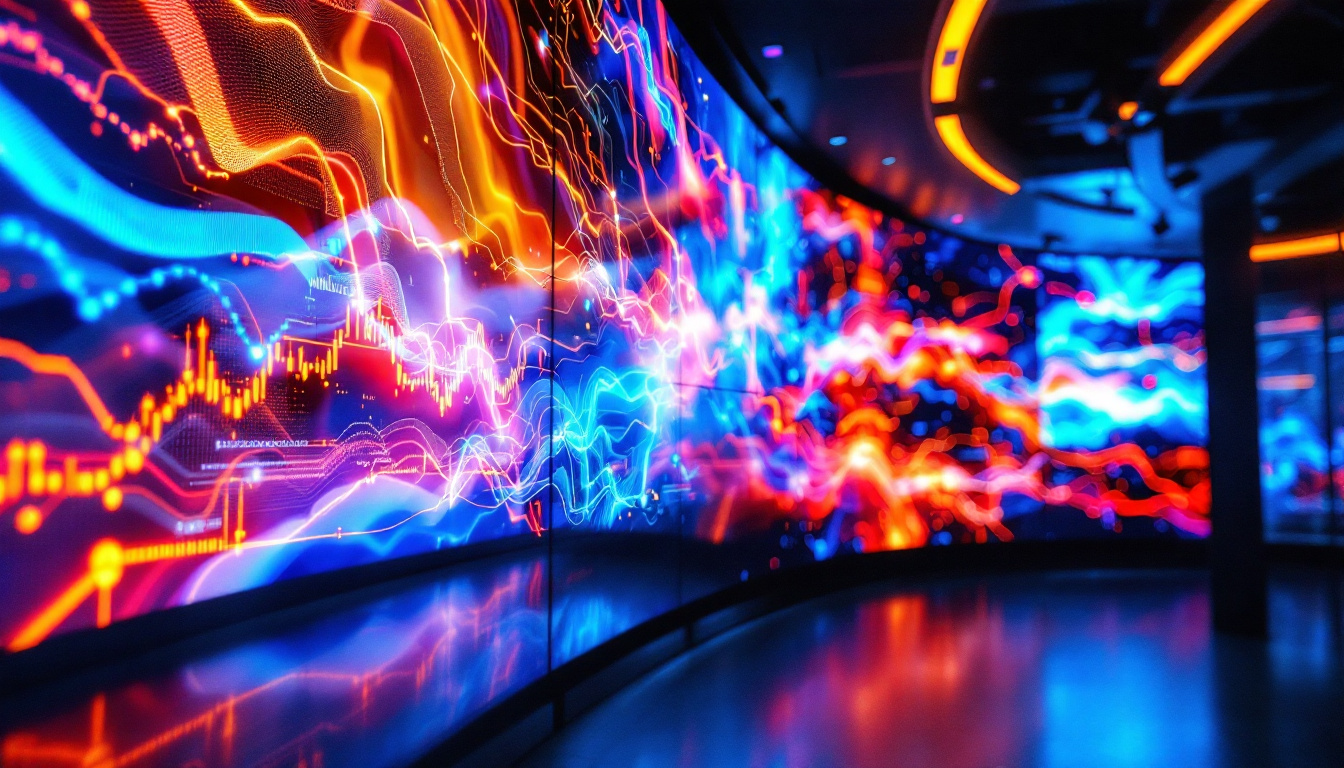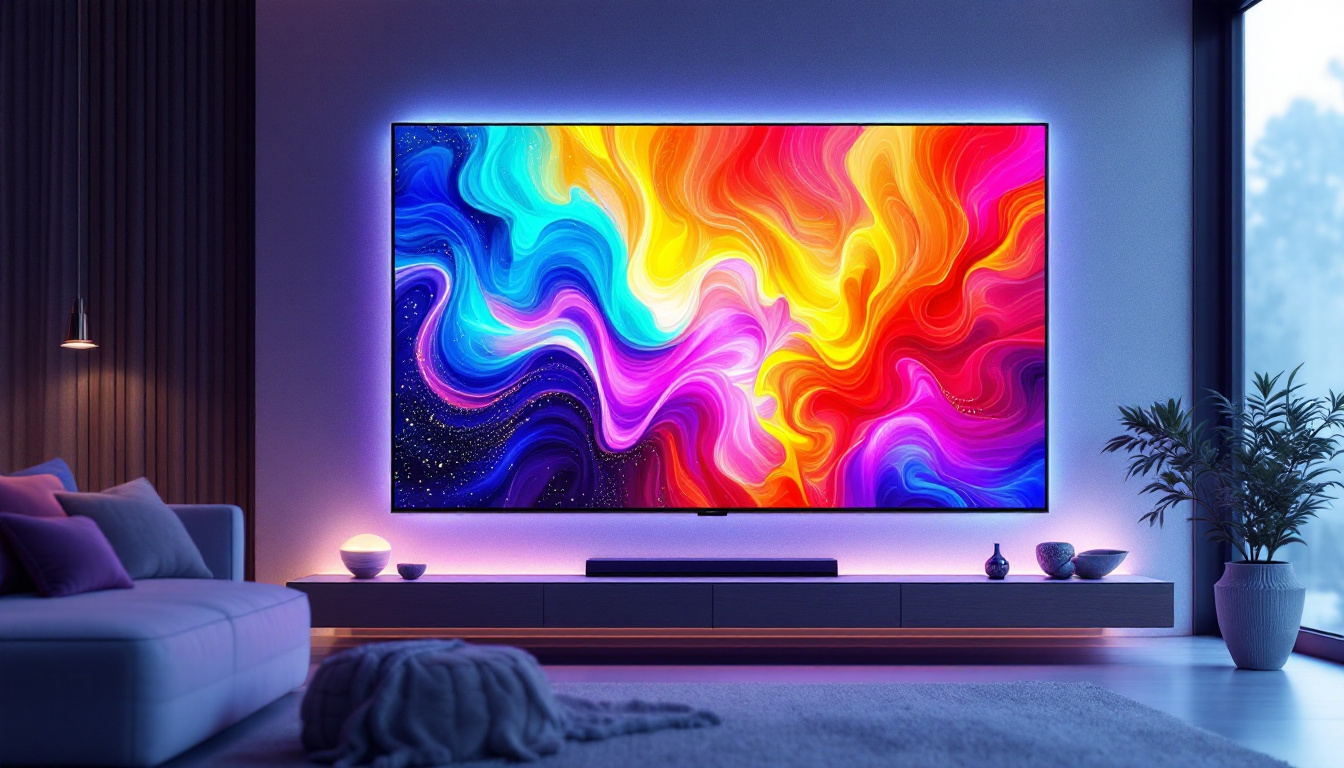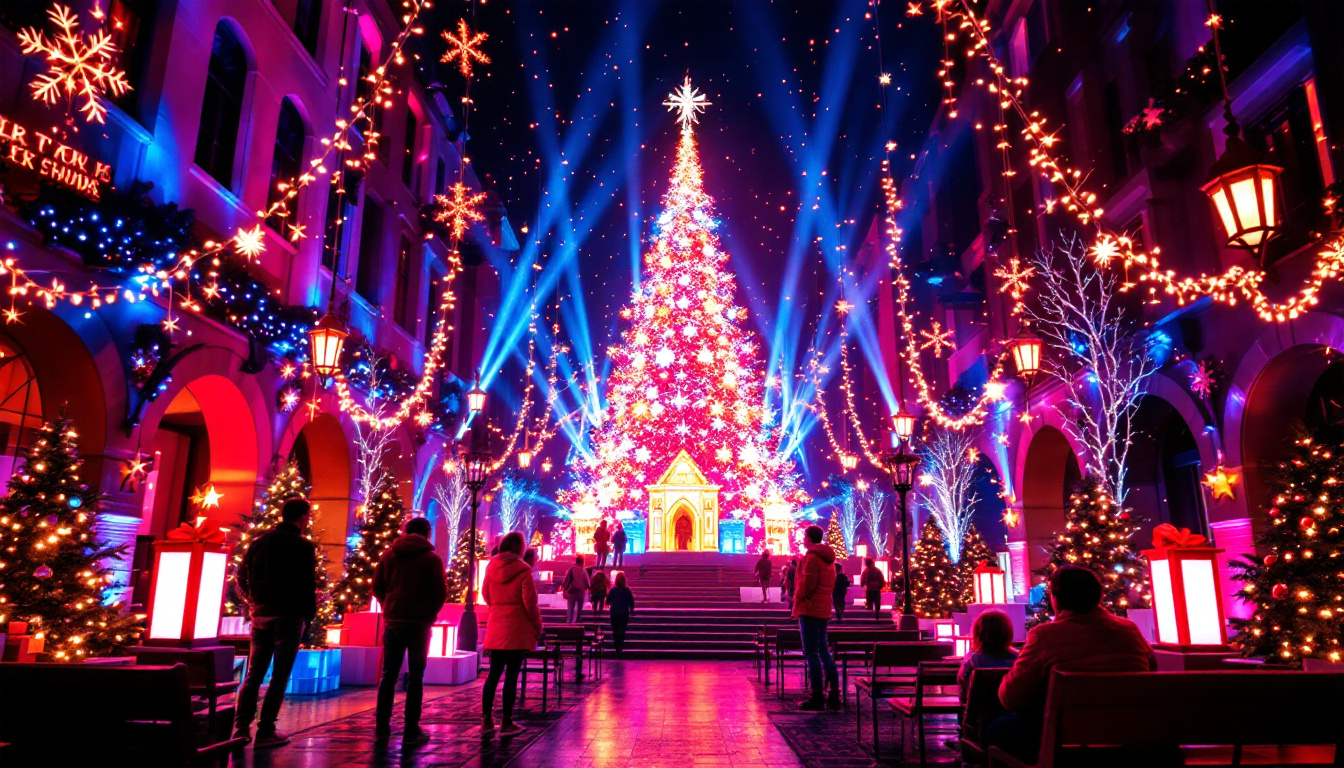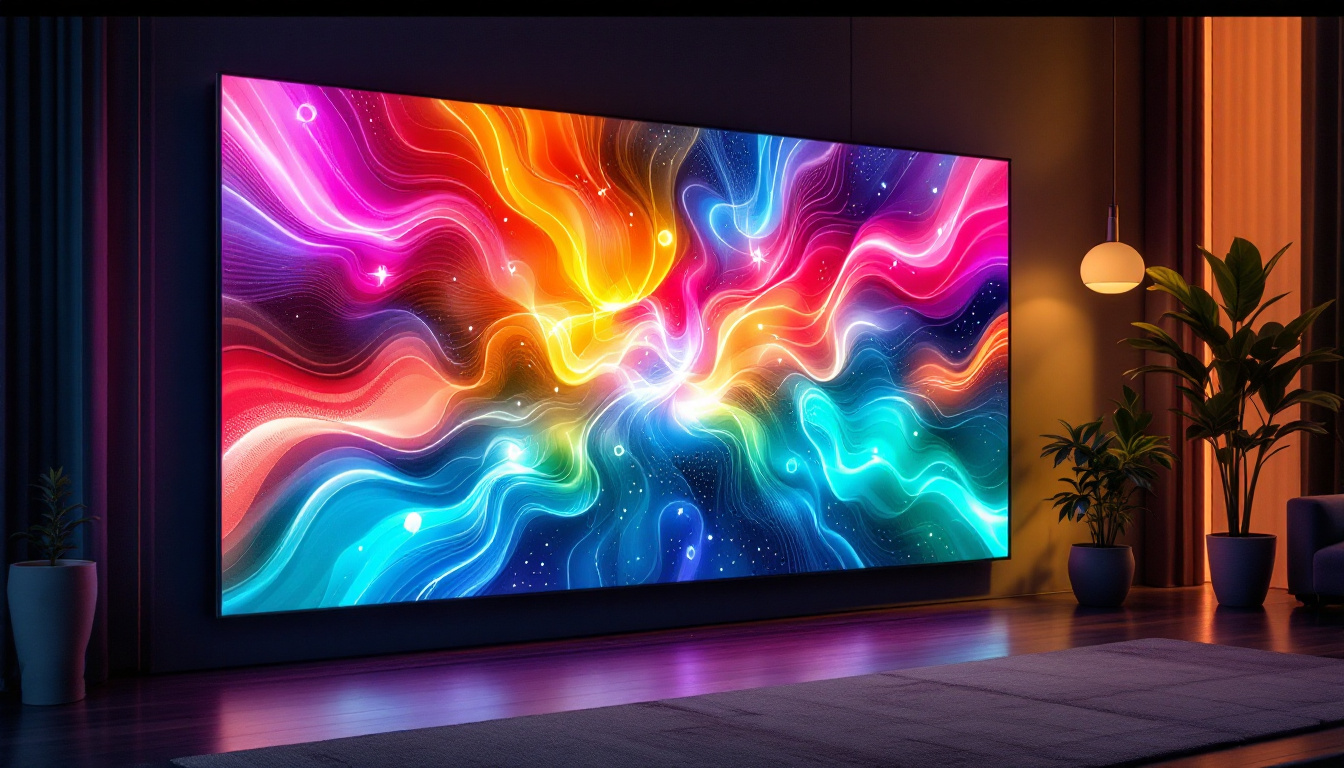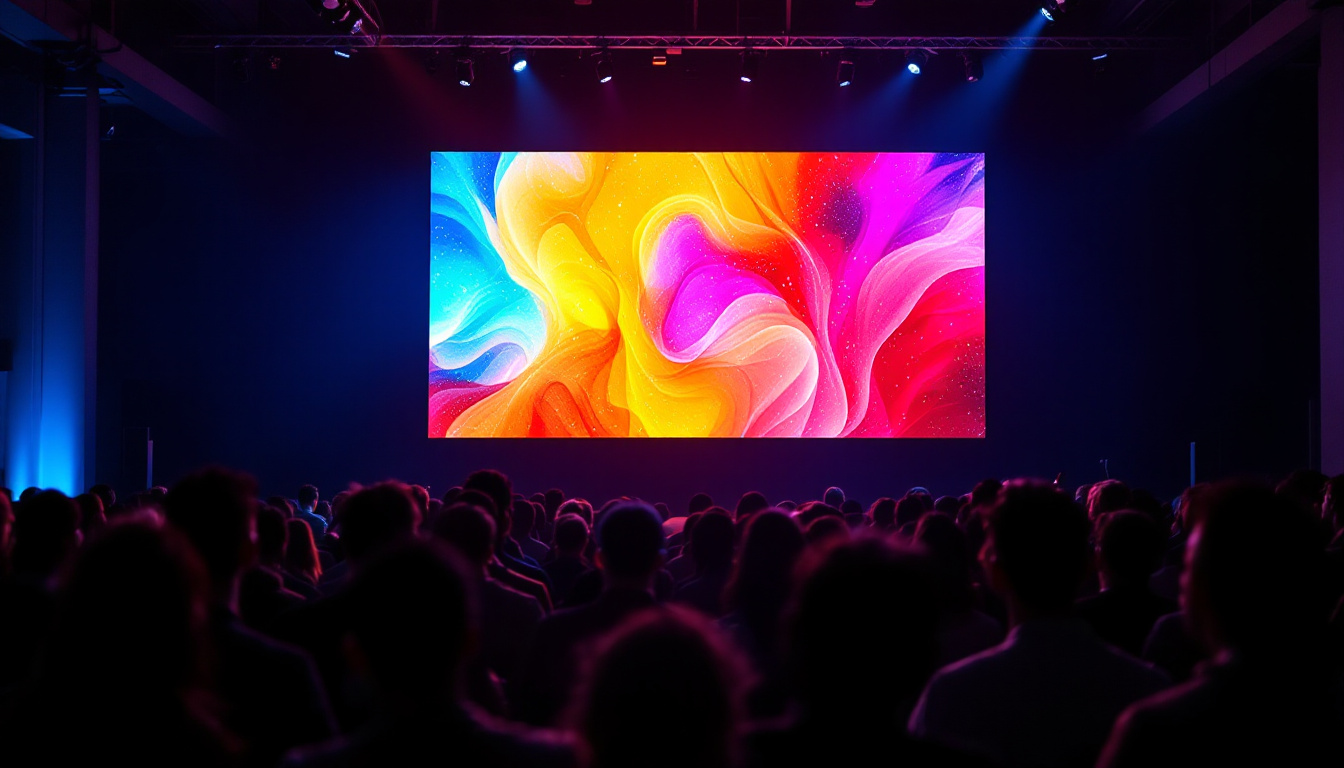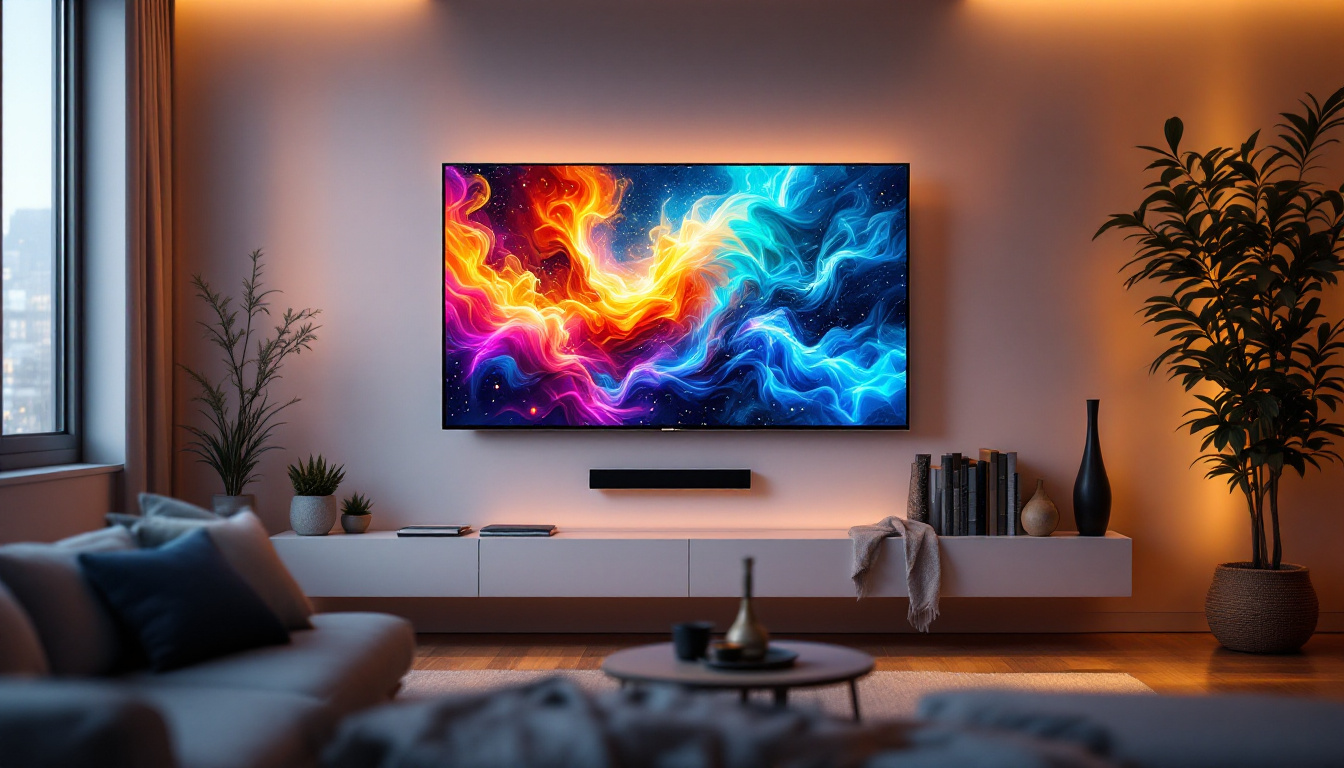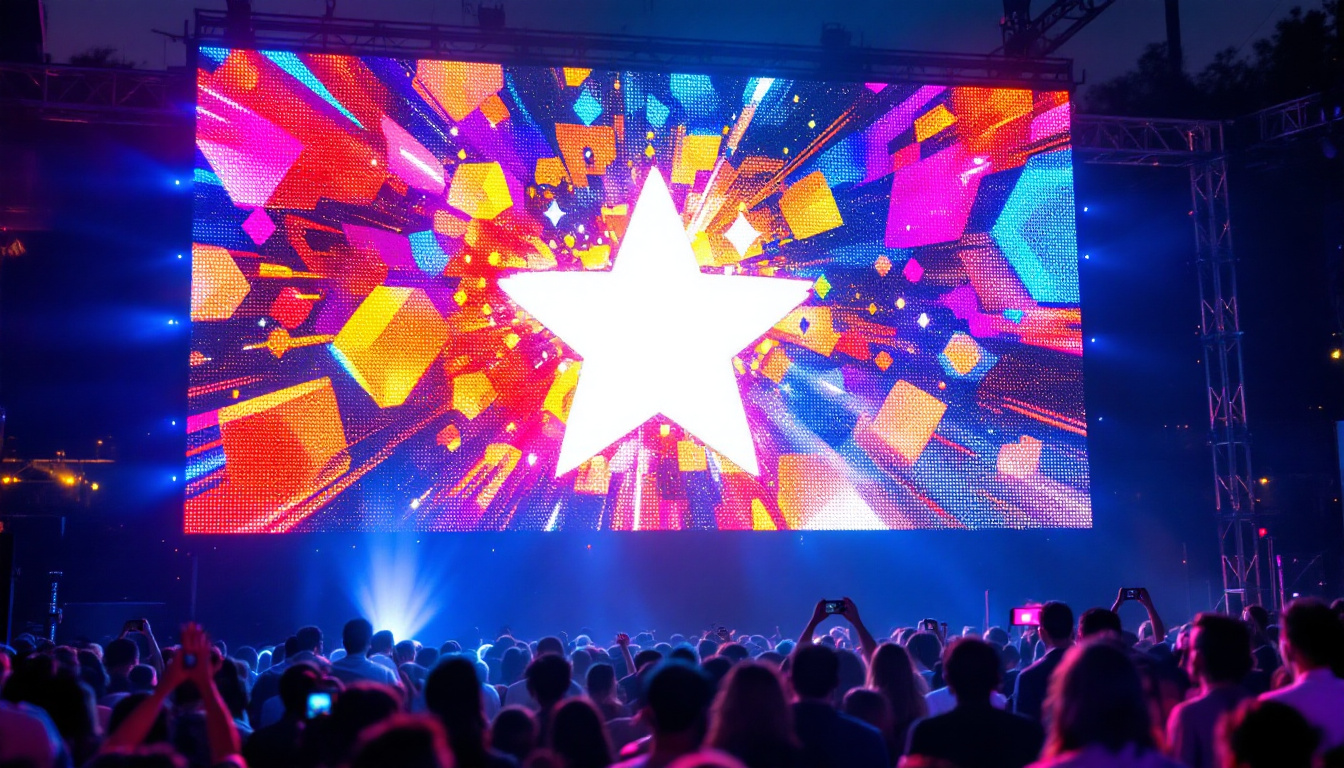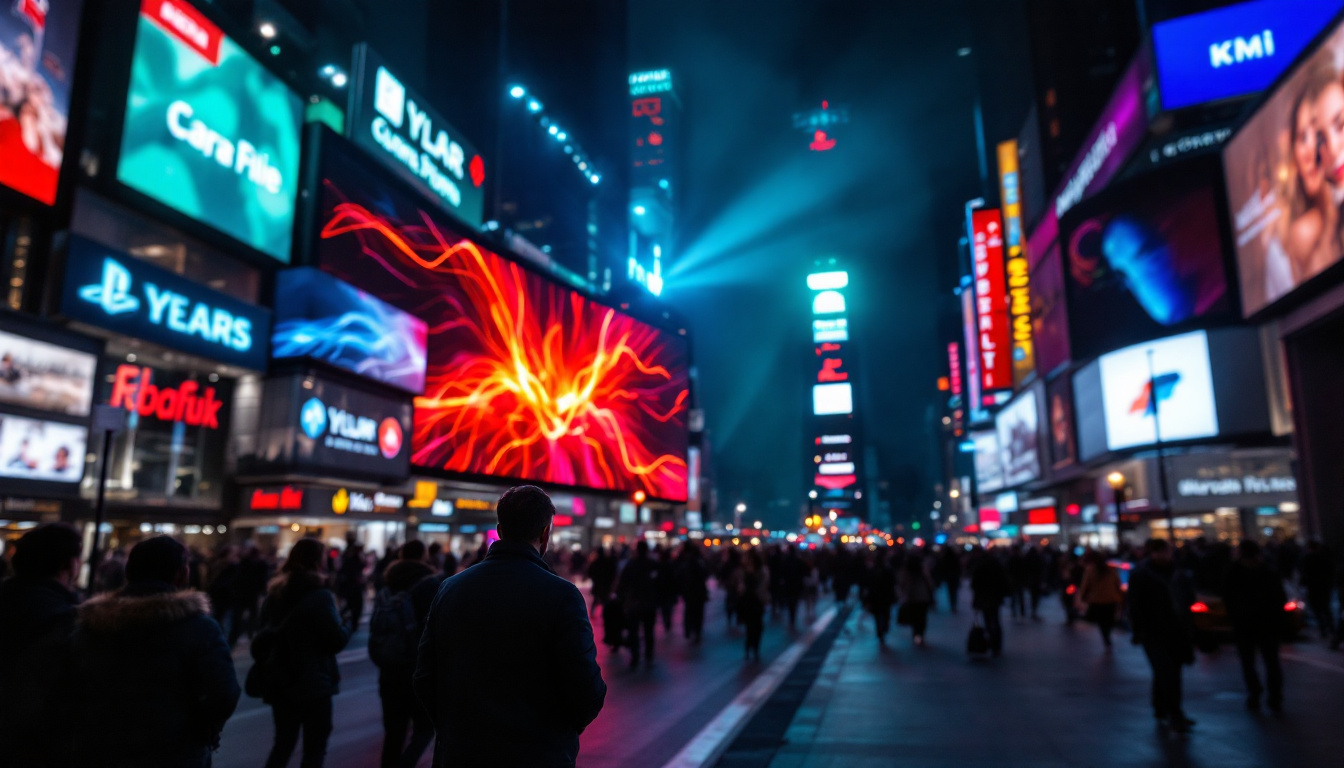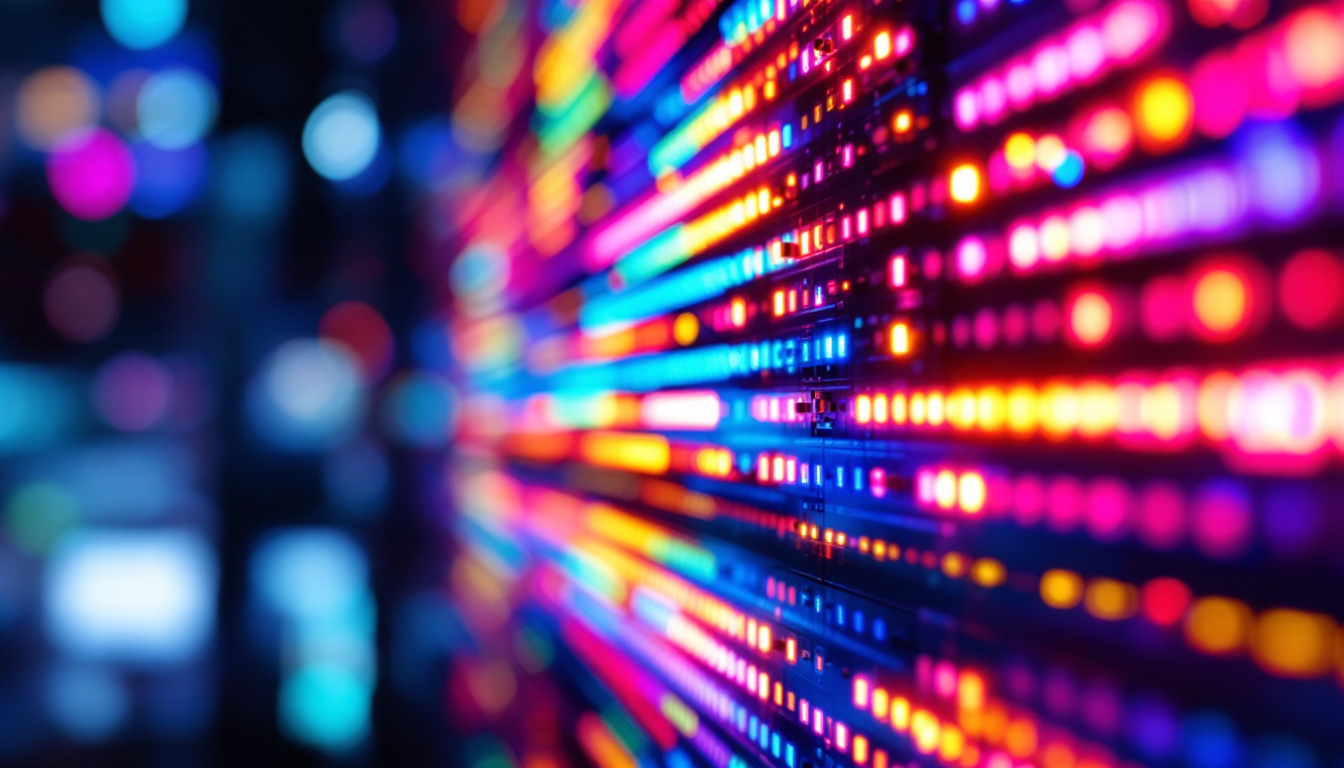In the modern world of event management and venue design, the integration of technology has become paramount. One of the most innovative advancements in this field is the use of LED displays. Matt Knight Seating, a leader in the seating and event solutions industry, has embraced this technology to enhance the audience experience. This article delves into the intricacies of LED displays, exploring their functionality, benefits, and applications in various settings.
Understanding LED Displays
LED displays, or Light Emitting Diode displays, are a type of electronic display that utilizes LEDs as a light source. These displays are known for their vibrant colors, high brightness, and energy efficiency. Unlike traditional display technologies, LED displays offer superior performance in various lighting conditions, making them an ideal choice for both indoor and outdoor events. Their ability to produce sharp, clear images even in direct sunlight has revolutionized advertising and entertainment, allowing brands to engage audiences in ways that were previously impossible.
How LED Displays Work
The fundamental principle behind LED displays is relatively straightforward. Each pixel on the display is made up of red, green, and blue (RGB) diodes. By adjusting the intensity of these three colors, a wide spectrum of colors can be created, allowing for dynamic and engaging visuals. This technology enables the display to produce sharp images and videos, which is essential for capturing the attention of an audience. Additionally, advancements in LED technology have led to the development of features such as pixel pitch, which refers to the distance between the centers of two adjacent pixels. A smaller pixel pitch results in higher resolution and clearer images, making it particularly beneficial for close-up viewing scenarios.
Moreover, LED displays can be configured in various sizes and shapes, making them highly versatile. From large screens that dominate a stage to smaller units that can be integrated into seating arrangements, the adaptability of LED technology is one of its most significant advantages. This flexibility extends to the design of displays as well; curved or even transparent LED screens are becoming increasingly popular, allowing for creative installations that enhance the aesthetic appeal of a venue while delivering high-quality content.
Types of LED Displays
LED displays can be categorized into several types, each serving different purposes. The two most common types are:
- Direct View LED Displays: These are large screens made up of individual LED modules. They are commonly used in outdoor settings, such as stadiums and concert venues, due to their high brightness and visibility from a distance. The rugged construction of these displays ensures they can withstand harsh weather conditions, making them a reliable choice for outdoor advertising.
- LED Video Walls: Composed of multiple smaller screens, LED video walls can create a seamless large display. They are often used in indoor environments like conference centers and trade shows, where high-resolution images are crucial. The modular nature of video walls allows for easy upgrades and maintenance, ensuring that they remain at the forefront of technology.
Understanding the different types of LED displays can help event planners and venue managers make informed decisions about which technology best suits their needs. Additionally, the rapid advancements in LED technology mean that new types and features are continually emerging, such as interactive displays that engage viewers directly through touch or motion sensors. This evolution not only enhances the visual experience but also opens up new avenues for creative storytelling and audience interaction, making LED displays an essential tool in modern communication and marketing strategies.
Benefits of LED Displays
The advantages of incorporating LED displays into event spaces are numerous. From enhancing the aesthetic appeal of a venue to improving audience engagement, these displays offer a range of benefits that can significantly impact the success of an event.
Enhanced Visibility
One of the most significant benefits of LED displays is their visibility. The brightness of LED screens ensures that content is easily viewable, even in bright sunlight. This feature is particularly advantageous for outdoor events, where traditional screens may struggle to compete with natural light.
Furthermore, the high contrast ratio of LED displays results in sharper images and clearer text, allowing for better communication of messages. This clarity is essential for events such as concerts, sports games, and corporate presentations, where visual information plays a crucial role in audience engagement.
Energy Efficiency
In an era where sustainability is a growing concern, LED displays stand out for their energy efficiency. Compared to traditional display technologies, LEDs consume significantly less power while providing superior brightness. This not only reduces operational costs but also aligns with environmentally friendly practices.
Additionally, the longevity of LED technology means that displays require less frequent replacement, further contributing to sustainability efforts. By choosing LED displays, event organizers can minimize their carbon footprint while still delivering high-quality visual experiences.
Applications of LED Displays
LED displays have a wide range of applications across various industries. Their versatility allows them to be used in numerous settings, from entertainment venues to corporate environments.
Entertainment and Events
In the entertainment industry, LED displays have revolutionized the way events are experienced. Concerts, festivals, and sporting events often utilize large LED screens to display live feeds, graphics, and advertisements. This not only enhances the visual experience for attendees but also provides opportunities for sponsors to showcase their brands.
Moreover, the flexibility of LED displays allows for creative staging and immersive experiences. Event organizers can design dynamic backdrops that change throughout a performance, keeping the audience engaged and entertained.
Corporate Environments
In corporate settings, LED displays serve as powerful communication tools. They can be used for presentations, digital signage, and even as part of the office décor. In conference rooms, large LED screens facilitate clear communication of ideas and data, making meetings more productive.
Additionally, digital signage powered by LED technology can be employed in lobbies and waiting areas to convey important information to visitors. This not only enhances the professional appearance of a business but also improves the overall visitor experience.
Choosing the Right LED Display
When considering the integration of LED displays into an event or venue, several factors must be taken into account. Understanding the specific needs and goals of the event is crucial for selecting the appropriate display technology.
Size and Resolution
The size and resolution of the LED display are critical considerations. A larger display may be necessary for outdoor events where visibility from a distance is essential, while a smaller, high-resolution display may be more suitable for indoor settings where viewers are closer to the screen.
Resolution is also important; higher resolutions provide clearer images and sharper text. Event planners should assess the type of content that will be displayed and choose a resolution that meets those needs. For instance, video content may require a higher resolution than static images or text.
Installation and Setup
The installation and setup process for LED displays can vary greatly depending on the type and size of the display. It is essential to work with experienced professionals who can ensure that the display is installed correctly and safely.
Additionally, event organizers should consider the logistics of setting up the display, including power requirements and connectivity. A well-planned setup process can help avoid technical issues during the event, ensuring a smooth experience for both organizers and attendees.
Future Trends in LED Display Technology
The LED display industry is continuously evolving, with new technologies and innovations emerging regularly. Staying informed about these trends can help event planners and venue managers make strategic decisions about their display needs.
Advancements in Flexibility and Design
One of the most exciting trends in LED display technology is the development of flexible displays. These displays can be bent and shaped to fit unique spaces, allowing for creative installations that were previously impossible. This flexibility opens up new possibilities for event design, enabling organizers to create immersive environments that captivate audiences.
Additionally, advancements in design are leading to thinner and lighter displays. This not only makes transportation and installation easier but also allows for more innovative staging solutions. As technology continues to advance, the potential for LED displays in event settings will only expand.
Integration with Other Technologies
Another trend to watch is the integration of LED displays with other technologies, such as augmented reality (AR) and virtual reality (VR). Combining these technologies can create truly immersive experiences that engage audiences on multiple levels. For instance, AR can be used to overlay digital content onto the real world, enhancing the visuals displayed on LED screens.
This integration can also facilitate interactive experiences, allowing audiences to engage with content in real-time. As event technology continues to evolve, the possibilities for LED displays will become even more exciting.
Conclusion
LED displays are transforming the landscape of event management and venue design. With their vibrant colors, energy efficiency, and versatility, these displays offer numerous benefits that enhance the audience experience. From entertainment to corporate environments, the applications of LED technology are vast and varied.
As the industry continues to evolve, staying informed about the latest trends and advancements in LED display technology is essential for event planners and venue managers. By understanding the intricacies of LED displays, organizations can leverage this technology to create memorable experiences that resonate with their audiences.
Incorporating LED displays into events is not just about aesthetics; it’s about creating an engaging atmosphere that captivates and connects with attendees. As Matt Knight Seating continues to lead the way in innovative seating and event solutions, the integration of LED displays will undoubtedly play a pivotal role in shaping the future of events.
Discover LumenMatrix LED Display Solutions
Ready to elevate your event experience with the latest in LED technology? Look no further than LumenMatrix, a pioneer in crafting immersive visual displays that captivate and engage. Whether you’re in need of an Indoor LED Wall Display for your next conference, an Outdoor LED Wall Display for a high-impact concert, or any of our specialized solutions like Vehicle LED Displays, LED Sports Displays, or even Custom LED Displays, LumenMatrix has the innovative solutions to bring your vision to life. Don’t miss the opportunity to transform your event space with unparalleled clarity and vibrancy. Check out LumenMatrix LED Display Solutions today and see your message shine like never before.

